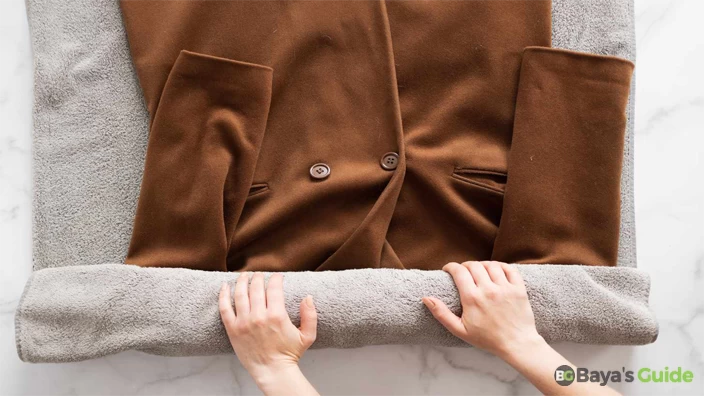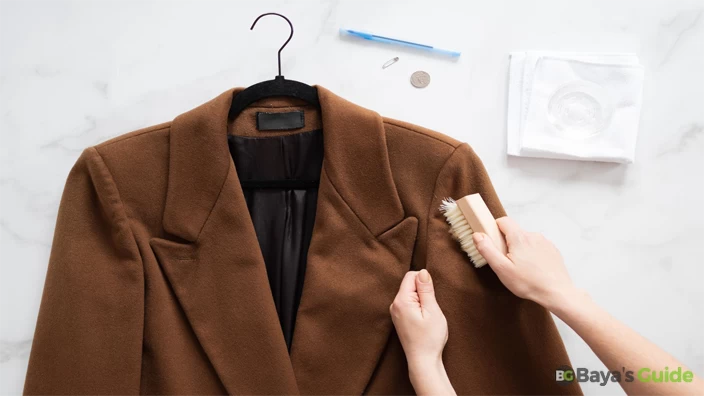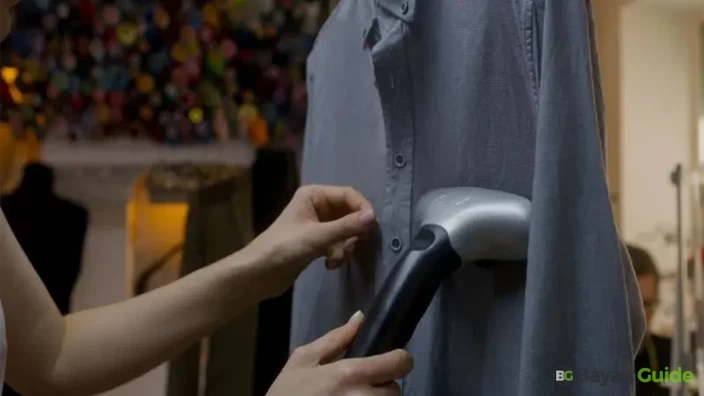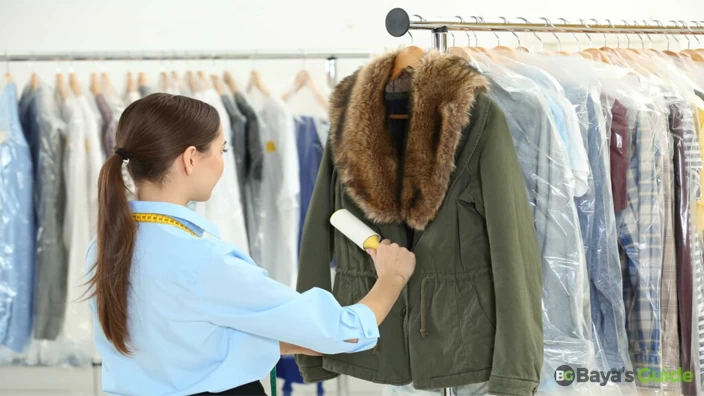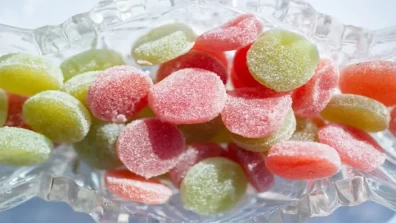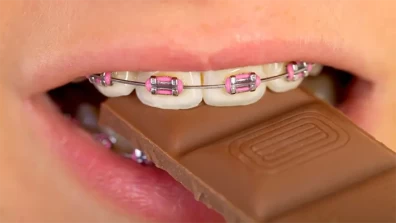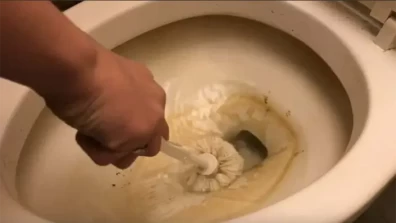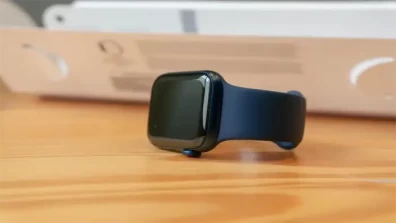Do you want to know about the popular dry cleaning method for delicate and special garments, such as coats, that cannot withstand traditional washing? The duration of the dry cleaning process can vary depending on several factors.
It has become a fashion that delicate, expensive, and branded garments are tagged “dry clean only”. It is a handy service that you will have to spend a huge amount of money and a long time for dry cleaning. If you have a routine of life too tiring and hectic to clean your fancy clothes in your way. Then, you are left with the option to go to dry cleaners to get your dresses like sweaters, woolen shirts, and winter jackets cleaned drily.
In this article, we will explore the steps involved in dry cleaning a coat and discuss the time it takes to complete each stage.
Table of Contents
- Essential Information You Should Know
- How Long Does It Take To Dry Clean A Coat?
- Dry Cleaning Time Estimates As Per The Clothing
- How Long Do Dry Cleaners Hold Your Clothes?
- Which Garments Should Be Dry-Cleaned?
- How Does Dry Cleaning Work?
- Reasons For Delay In Dry Cleaning
- Things You Should Never Dry Clean
- Frequently Asked Questions
- Conclusion
Essential Information You Should Know
- For dry cleaning your simple garments like shirts and pants, your dry cleaner needs to put you on wait for 1–2 days.
- He needs 1 week to dry clean your full suits, formal dresses, woolly outfits, or tuxedos.
- You need to stand by at least 2 weeks to complete the dry cleaning of your dresses of fur, leather, and suede fabric.
- Pick up your dresses from the dry cleanser so as to refrain from your clothes getting varicolored and affected by other clothes or your cleaner may be fed up with your clothes keeping so long.
How Long Does It Take To Dry Clean A Coat?
1- Drop-Off & Inspection (15-30 Minutes)
The first step of the cleaner, when you take your clothing, is to inspect the fabric. The attendant will check the coat if there are any stains or damage and also follow the special care instructions. This initial assessment helps determine the appropriate cleaning methods and solvents. Somehow, the cleaners may provide you with same-day services.
2- Tagging & Pre-Treatment (5-15 Minutes)
Each garment you buy is tagged to ensure proper identification of the cleaning process. If there are stains, you may pre-treat them at this stage to enhance the chances of successful removal during the cleaning.
3- Cleaning (30-60 Minutes)
Place your coat in a specialized dry cleaning machine along with a solvent, which they have prepared typically in the form of perchloroethylene. The machine effectively removes dirt and stains while it agitates the solvent through the garments. The duration of this process depends on the type and extent of soiling.
After cleaning, you need to go your coat through a drying phase. Through this process, the solvent is evaporated, leaving the coat dry. This step can take varying amounts of time as it depends on the machine and the specific cleaning settings.
5- Inspection & Spot Cleaning (10-20 Minutes)
Once the coat is dry, it undergoes a meticulous inspection. If you notice any remaining stains or spots, you may address them with specialized cleaning agents. This step ensures the coat meets the high standards set by the dry-cleaning establishment.
6- Pressing & Finishing (15-30 Minutes)
To restore the coat's shape and appearance, it undergoes a pressing process. This step may include steaming and ironing to eliminate wrinkles and creases. The time required for pressing depends on the type of fabric and design of the coat.
7- Packaging & Pickup (10-15 Minutes)
After completing all the cleaning and finishing processes, the coat is carefully packaged to prevent wrinkles during transportation. You can then pick up your freshly cleaned coat from the dry-cleaning establishment.
After completing the drying process, this is the most important task that the cleaners do immediately is to make packaging. In this process, he gathers the garments of an individual, folds them, puts them in packaging, and then delivers the package to the respective owners.
Dry Cleaning Time Estimates As Per The Clothing
| Garments | Duration |
| White Dress | 2 – 3 Days |
| Coats & Jackets | 2 – 3 Days |
| Business Wear | 1– 2 Days |
| Beddings & Linens | 3 – 4 Days |
| Prom Dresses | 4 – 7 Days |
| Gloves | 1 Week |
| Suede | 1 – 2 Weeks |
| Wedding Gowns | 1 – 2 Weeks |
| Furs & Leathers | 1-2 Weeks |
1- Dress Clothes
As your dress clothes are common wear not considered a very sensitive type of fabric. So, the dry cleaners dry-clean them in the same-day service.
2- Suits
If your suits are adorned with some embellished seeds, buttons, liners, or multiple pieces that are to be cleaned, you should give the cleaners some extra time to dry clean the suits carefully and satisfactorily. Pants, suits jackets are cleaned within2–3 days. On the contrary, there are formal tuxedos with bow ties and satin lapels that are ready after a week as they are frail and delicate.
3- Formal Dresses
Formal Prom dresses are classified as tuxedos, dress suits with a tie or bow tie, a vest, strapless dresses, spaghetti straps, wedding dresses, bridal gowns embroidered, or intricate lacework or dress shoes supplicate special care while they are dry cleaned. For that, you should have to wait for a week so that no embellished work and material can be damaged while washing in a rush.
4- Leather, Suede & Fur
Natural fabrics fabricated with fur, suede, and leather need no water; rather, they need a completely different solvent from the other mixture the dry cleaners use for other fabric -types. After going through the leather jacket, suede shoes, handbags, or fur dresses through the process, they steam clean them. These types of garments are cleaned within 1-2 weeks to avoid any damage.
5- Drapery & Linens
Linens and drapes are medium-weight and multipurpose fabrics mostly used for pillows, kitchen wares, quilting, or upholstery. It also takes more time than normal to get the dry clean as they are larger in size. Plus, the designs, and delicate fabric used for patterns bulging from the surface demand more time (3-7 days), energy, and care to be dry cleaned.
Find More Like This: How To Check Glo Data Balance
How Long Do Dry Cleaners Hold Your Clothes?
The duration dry cleaners hold your clothes for can vary, but it's typically around 30 days. It's advisable to check with the specific dry cleaner for their policy. Besides, if clothes with stains or so extra leeway is desired, may donate about 90 days after you leave your dresses with the dry cleaners. It’s better to ask the employees about how many days you can pick them up from there and you may pick them up soon after they are done.
Which Garments Should Be Dry-Cleaned?
First, the garments are labeled as “dry clean only” which is recommended by the manufacturer. If it is tagged, then it must be dry cleaned and elude them washing the clothes or using water. It may stretch, shrink, or damage. By following the process given in the article, you can wash them at home.
1- Colored & Delicate Fabrics
Some fabrics like chiffon, silk, and rayon are very frail, fragile, and sensitive and they may get defective, torn, or multicolored while you’re washing or dry cleaning at home. These fabric types may get worse even if you spend a little more time on washing and their colors fade or bleed after washing twice to thrice times. So, it’s better to have them cleaned by some professionals to dry clean themconscientiously and keenly.
2- Clothing Adorned With Ornaments
Most often, you have clothes decked with beads, shells, sequins, or embroidery that you’re afraid to damage while washing at home on your own. The dry cleaners understand the pattern and basis of the fabric, they dry or wash them with soft hands and gentle detergents to give them a naval fresh look.
How Does Dry Cleaning Work?
Dry cleaners dry clean the clothes with special chemical solvents they have prepared with little water. As soon as you drop off your clothes with the dry cleaner, he instantly finds and spot-treats the marks, stains, or grease. Then, place all the garments similar in fabric and color in a washer regular-like machine. Later they add the solvent perchloroethylene with no water. After gentle cycles of washing for as long as the fabric needs, the employee dries and hangs them. Dry cleaning is a process that uses a solvent, usually perchloroethylene, to clean clothes instead of water. The steps involve:
- Stains are treated before the garment is placed in the machine.
- The clothes are immersed in the solvent, which removes dirt and stains without affecting the fabric.
- The solvent is drained, and a rinse is performed to remove any remaining solvent.
- The cleaned clothes are dried using warm air in a machine.
- The clothes are pressed and finished to restore their original shape and appearance.
This method is suitable for delicate fabrics that may be damaged by traditional washing with water.
Reasons For Delay In Dry Cleaning
- Holiday/Vacation Periods
- Significant Events Or Occurrences
- Limited Washer & Dryer Availability In Distant Cities
- Highly Stained Or Delicate Clothing
- Bag Drop-Offs Before The Weekend
Things You Should Never Dry Clean
Despite all the detailed information you are given in the article above about dry cleaning garments, it’s also a fact, that there are some certain things you should never dry clean. mohair, fleece, fine-haired wools, cashmere flocculent, and bushy fabric are not to be dry cleaned. You can easily wash them at home on your own applying gentle hands, soft detergent, and cool water.
Moreover, the common outfits like denim clothes jeans, and corduroy cargo pants can’t bear the dissolving agent of dry cleaners. You can conveniently put the jeans in the washing machine with color-safe detergent and warm and stir them for 30-45 minutes. Finally rinse, dry, and hang them.
Frequently Asked Questions
How To Store Dry Cleaned Clothing?
To store freshly dry-cleaned garments is an art. Leaving your clothes in plastic can cause discoloration, as it is trapped in gasses in the bags you pack them in. Packing in plastic bags creates moisture that generates an odor in your clothes you feel sick wearing them afterward.
It’s great to hang them in closets giving them space between them. Most proficient cleaners suggest that always place your dry-cleaned laundry in an open and airy environment for half an hour before you pack them or put them in closets.
Is Dry Cleaning A Wise Choice For Painted Fabrics?
Now in the time of style and fashion, you may have painted garments with fabric paint designs. The paint, glitter, and puff give the garments a fascinating look that captivates the purchasers. But the fear is that the paint may peel off if it’s dry cleaned with some adept hands as it demands extreme care and method. They should be washed at home so that you can stop rubbing or washing in detergent as soon as you notice them peeling off.
How Are Coats Dry-Cleaned?
Now the process of dry cleaning is advanced and technically computer-controlled. Your wet clothes are gone through the proceedings by which solvent is evaporated quickly. As solvent is a greater choice than water for cleaning and drying the coats. The advanced machines soil and suck the solvent from the roots of coats and give them a new shiny look.
Is Dry Cleaning Better Than Washing?
As it seems through the name drying cleaning uses no water at all. Through a comprehensive process, dry cleaning cleans the garments effectively. Actinically, dry cleaning suits the delicate fabric while removing the grease marks, and oil stains more effectively than the conventional way of washing garments in a machine.
Conclusion
The time it takes to dry-clean a coat can vary based on factors like the garment's fabric, the extent of soiling, and the efficiency of the dry-cleaning equipment. On average, the entire process typically takes between 2 to 4 days, including drop-off and pickup times. Choosing a reputable dry cleaner ensures that your coat receives the attention and care it deserves, resulting in a fresh and well-maintained garment. I am sure you have enjoyed reading and learning the details searched, applied, and shared in the article. If you have any further questions, type them in the comments area; we surely love responding to you in any way possible.

